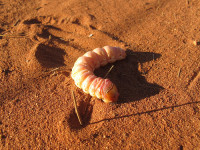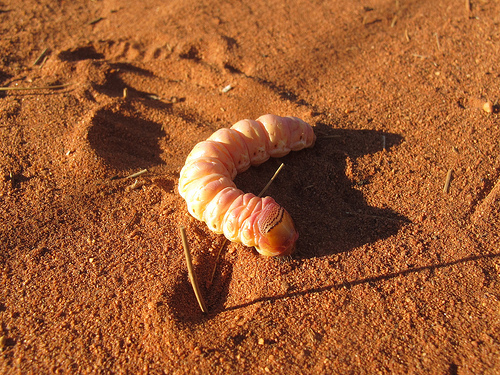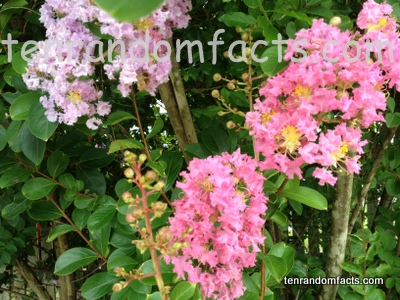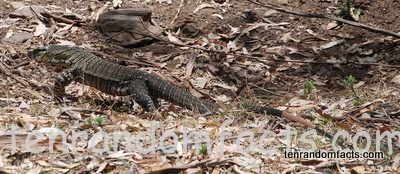
Hooked Stick Grub
- Witchetty grubs are also known as witchety grubs or witjuti grubs.
- The term witchetty grub is used for large white larvae of moths that chew through wood and eat roots or sap of certain trees and plants.
- The most common type of witchetty grub is the larvae of the Cossid Moth.
- Witchetty grubs are part of the traditional diet of indigenous Australians.
- Witchetty grubs are eaten either raw or cooked and are very high in protein and have a nutty flavour. They have been said to taste like scrambled eggs, and when cooked they taste like chicken.
Witchetty Grub
Image courtesy of Nathan Johnson/Flickr
- The word ‘witchetty grub’ comes from the indigenous Australian language, Adnyamathanha, from the words ‘wityu‘ meaning hooked stick and ‘vartus‘ meaning grub.
- The witchetty bush (acacia kempeanas) is the main food of certain witchetty grubs.
- The witchetty grub can grow up to 12 cm (4.7 inches) in size.
- Witchetty grubs live in burrows that they create, up to 60 cm (23 inches) underground.
- Witchetty grub moths have a wingspan of up to 16cm (6 inches) and don’t eat, but instead use stored energy from the grub form.













